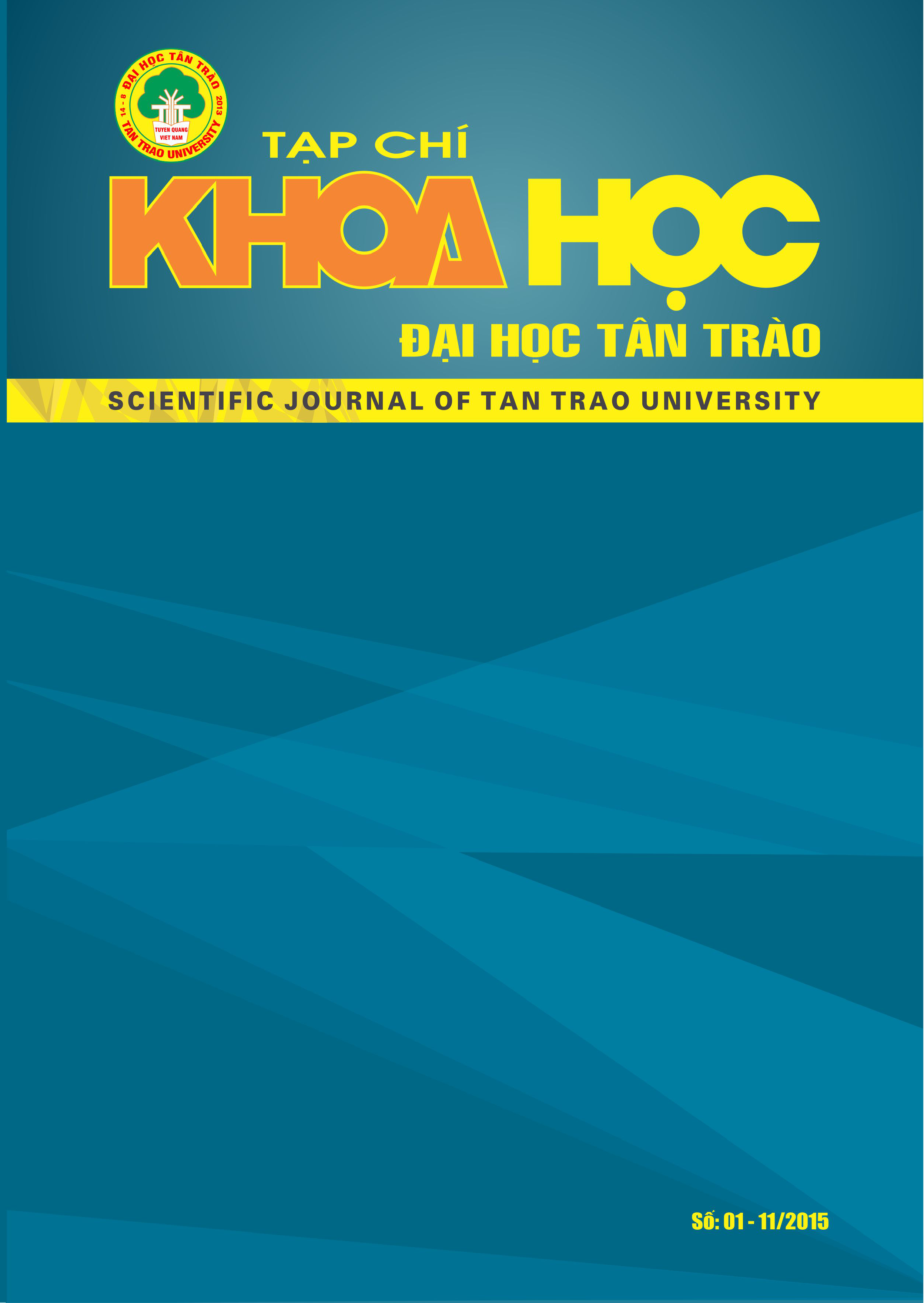Heritage Poetry of Emperor – Poet Tran Nhan Tong
DOI:
https://doi.org/10.51453/2354-1431/2015/84Keywords:
Emperor, Poet, Sangharaja, Zen aesthetics, Tran Nhan Tong.Abstract
The article introduces the status of his career, and profoundly analyses the existing literature of Sangharaja Tran Nhan Tong, pointing out the unique characteristics, namely improvised poetry, diplomatic poetry, spring poetry, gatha and Zen poetry, poetic essay and aria, recorded speech and legends. The article comes to a conclusion: The literature of the Royal Buddhist harmonises the combination between Zen thinking and literature thinking; between Zen aesthetics and literature; between sense of philosophical thought and sense of reality, with patriotism and pride of national culture and optimism, love of life, a selfless and major cultural personality, sophisticated emotion, freedom-loving of a generous artist, blended with the dexterity of a pen both royal, learned, and rustic and idyllic, in an experienced gentleman.
Downloads
References
1. Tam Tổ thực lục, bản chữ Hán, A.786.
2. Ngô Thì Nhậm, Tam Tổ hành trạng trong Trúc Lâm tông chỉ nguyên thanh, bản chữ Hán, A.460.
3. Phan Huy Chú (1961), Lịch triều hiến chương loại chí, bản dịch Viện Sử học, tập 1, mục Nhân vật chí; tập 4, mục Văn tịch chí, Nxb Sử học, HN.
4. Nguyễn Lang (1994), Việt Nam Phật giáo sử luận, tập 1, Nxb Văn học, HN, tái bản.
5. Thích Thanh Từ, Tam Tổ Trúc Lâm giảng giải, Thiền viện Thường Chiếu ấn hành, PL 2541 (1997).
6. Viện Văn học (1988), Thơ văn Lý – Trần, tập 2, quyển thượng, Nxb KHXH, HN.
7. Nguyễn Công Lý (1997), Bản sắc dân tộc trong văn học Thiền tông thời Lý - Trần, Nxb VH-TT, HN.
8. Nguyễn Công Lý (2002), Văn học Phật giáo thời Lý - Trần: diện mạo và đặc điểm, Nxb
ĐHQG TP. HCM.
9. Nguyễn Công Lý (2008), Trần Nhân Tông với cảm hứng mùa xuân, in lần đầu trong Thông
báo Hán Nôm học 2007, Viện Nghiên cứu Hán Nôm, Nxb KHXH, HN.
Downloads
Published
How to Cite
Issue
Section
License

This work is licensed under a Creative Commons Attribution-ShareAlike 4.0 International License.
All articles published in SJTTU are licensed under a Creative Commons Attribution-ShareAlike 4.0 International (CC BY-SA) license. This means anyone is free to copy, transform, or redistribute articles for any lawful purpose in any medium, provided they give appropriate attribution to the original author(s) and SJTTU, link to the license, indicate if changes were made, and redistribute any derivative work under the same license.
Copyright on articles is retained by the respective author(s), without restrictions. A non-exclusive license is granted to SJTTU to publish the article and identify itself as its original publisher, along with the commercial right to include the article in a hardcopy issue for sale to libraries and individuals.
Although the conditions of the CC BY-SA license don't apply to authors (as the copyright holder of your article, you have no restrictions on your rights), by submitting to SJTTU, authors recognize the rights of readers, and must grant any third party the right to use their article to the extent provided by the license.


